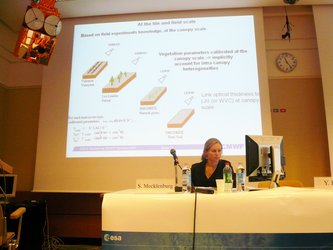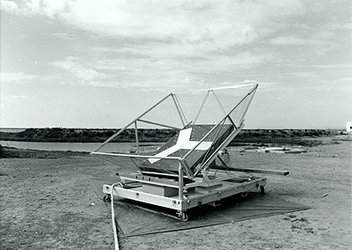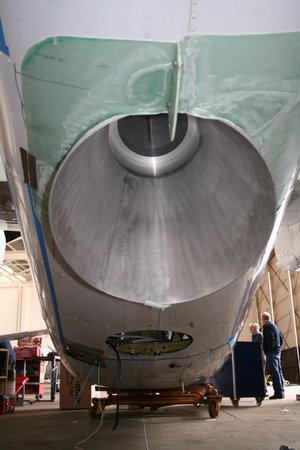Successful dress rehearsal for SMOS validation
As ESA looks forward to the launch of its SMOS Earth Explorer next year, an extensive airborne campaign has just taken place over Germany, Spain and the Mediterranean Sea. The campaign rehearsed the complex procedures involved in validating the mission's data — data crucial for a better understanding of the Earth's water cycle.
The process of data validation for any Earth Observation mission is always an important component of the mission development, as it ensures that data received from the satellite is as accurate as possible. However, carrying out validation procedures in the field is often a complicated task involving many teams and instruments on the ground and in the air – a logistical challenge that needs a 'dry run' before the real validation procedure takes place after the satellite is launched.
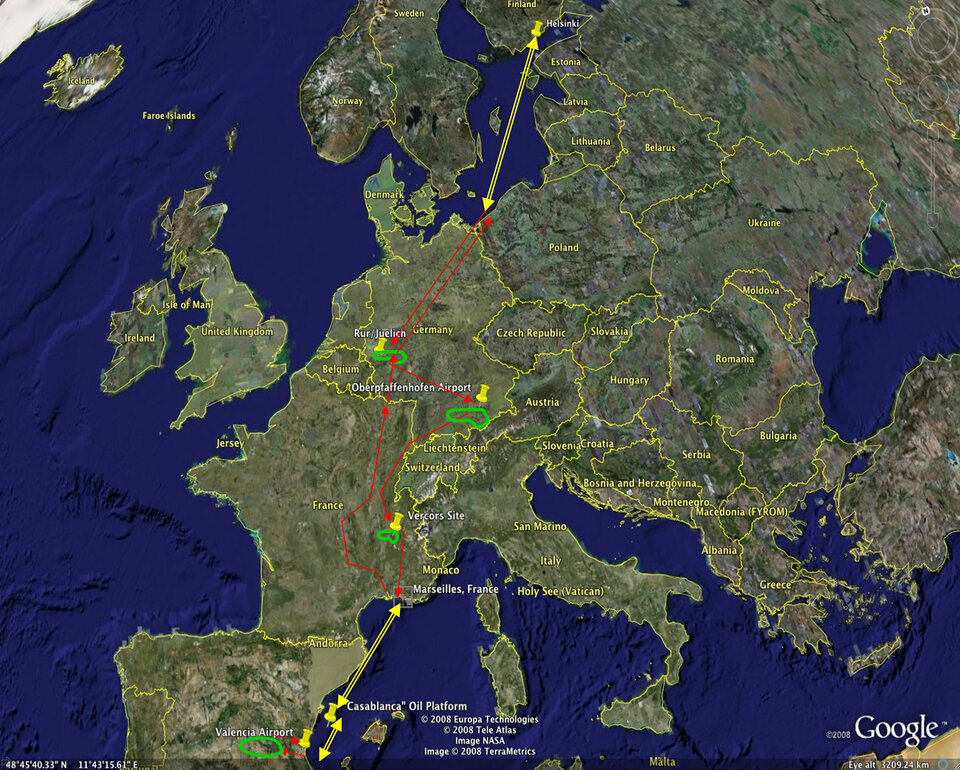
To this end, a five-week validation rehearsal campaign for ESA's Soil Moisture and Ocean Salinity (SMOS) mission has just been successfully carried out. In total, the rehearsal campaign involved more than 120 scientists and university students taking soil-moisture measurements out in the field, a core team of ten scientists and specialised instrumentation installed in a Skyvan aircraft, which was operated by Finland's University of Helsinki, as well as ocean buoys deployed from the an oil rig in the Mediterranean Sea to measure ocean salinity.
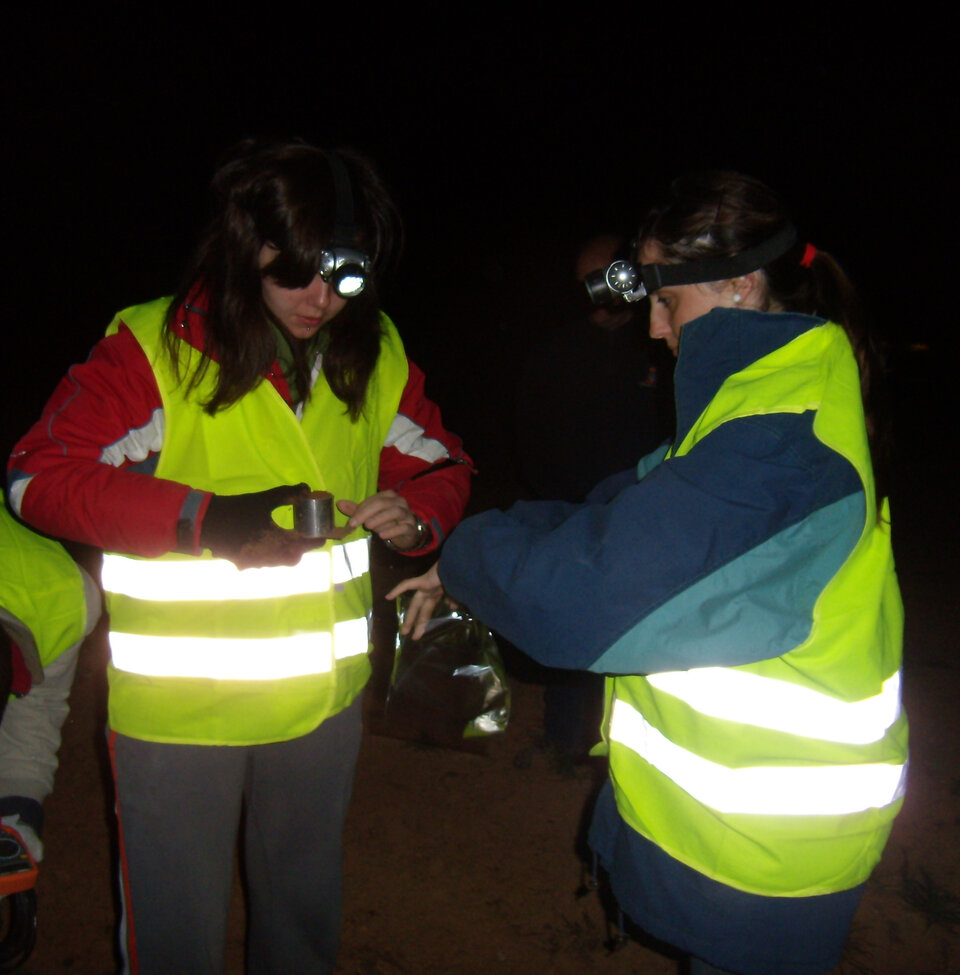
A demanding aspect of the rehearsal was that, in order to mimic the flight times of the SMOS satellite, all the validation measurements had to be taken before sunrise. This meant that the team members worked through the night, with a typical measuring period stating at 02:00 hrs and lasting until daybreak — a challenge not only for the body clock but also from a visibility standpoint, especially for the teams taking soil-moisture readings on the ground.
The first measurements of ocean salinity were acquired over the Baltic Sea by making use of the transit flight from Helsinki to the first main site near Oberpfaffenhofen in southern Germany. The transit flight also took advantage of flying over a test site in Germany operated by the Jülich Research Centre, where the first set of soil-moisture data was acquired.
The aircraft, which has been used in earlier SMOS campaign activities, was equipped with four main instruments: EMIRAD – an L-band radiometer designed and operated by the Technical University of Denmark; HUT-2D – a radiometer developed by the Helsinki University of Technology; an infrared radiometer also developed by the Helsinki University of Technology and a GPS instrument developed by Spain's Institute for Space Studies of Catalonia.
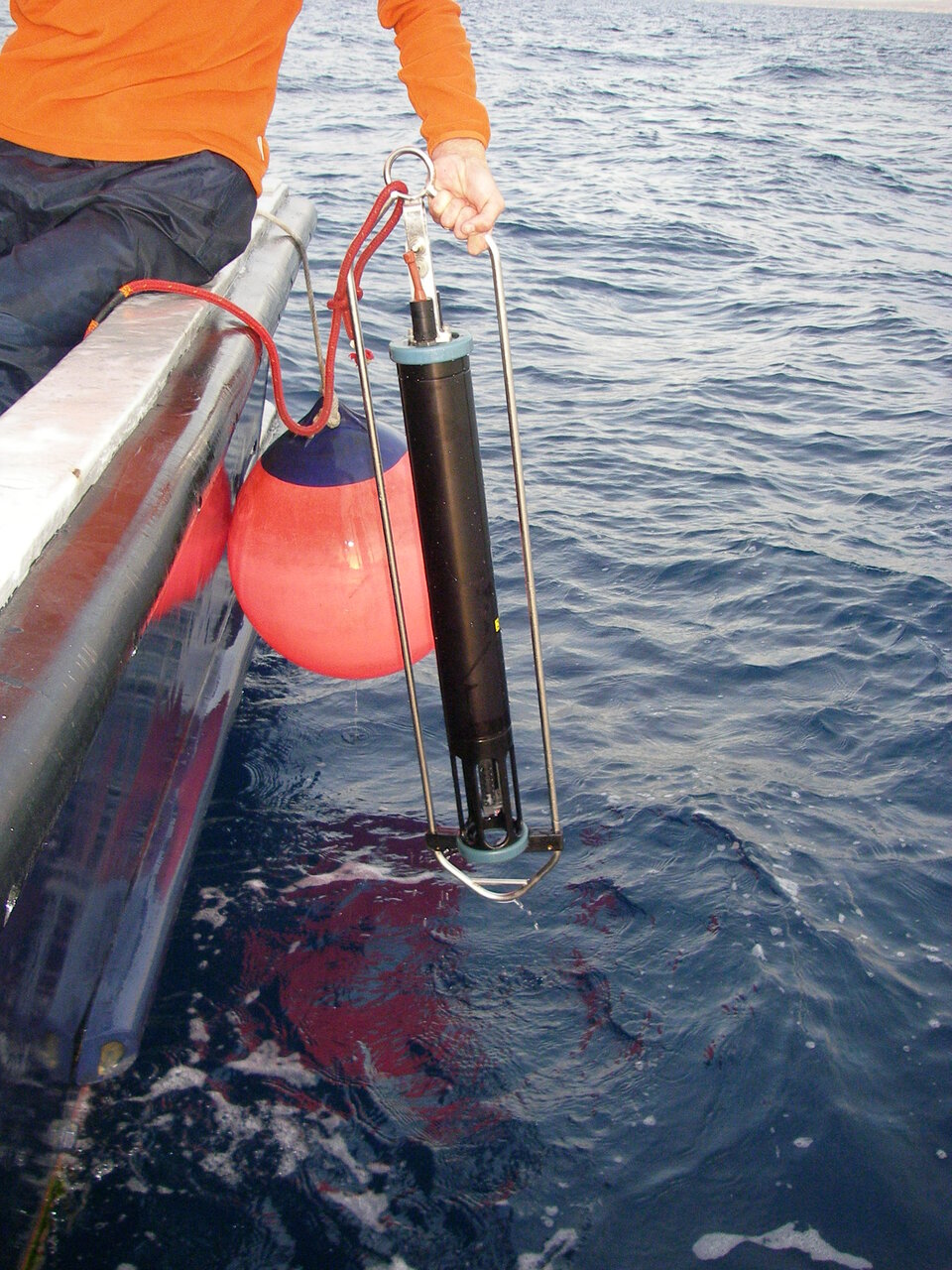
In southern Germany, scientists and students from the University of Munich took soil-moisture readings over a three-week period from sites along a 150 km transect while measurements were taken simultaneously from the aircraft overhead. The transect included a variety of vegetation types and the measurements were taken in during a range of different weather conditions. Although the main campaign activities were geared to rehearsing validation procedures for soil-moisture measurements, the flights between the two main test sites in Germany and Spain, over the Mediterranean Sea, were exploited to acquire measurements of ocean salinity. This entailed the cooperation of the Casablanca oil rig just off the coast from Barcelona, Spain and two ocean buoys equipped with specialised instrumentation.
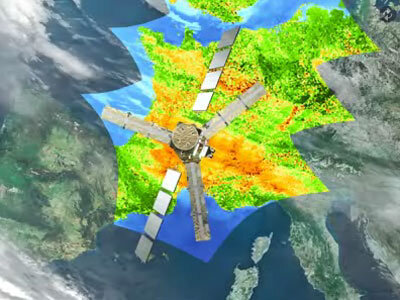
Scientists and students from the University of Valencia, Spain took soil-moisture readings from a test site near Valencia, which covered an area of 100 m2 and also included many different types of vegetation. The measuring activities from the aircraft and on the ground were carried out following periods of rainfall so that the so-called 'drying period' could be represented in the data.
Patrick Wursteisen ESA's SMOS Campaign Coordinator commented, "Whilst we have gathered useful data for SMOS validation purposes, the rehearsal campaign has been essential for highlighting logistical issues associated with airspace, airport procedures, working through the night and so on. Now that we've had this rehearsal, we know that we can implement all the necessary procedures to ensure that the real validation exercises will run as smoothly as possible, and that the appropriate algorithms for data handling are in place to realise truly accurate data. The teams working in the field have done some excellent work — for which ESA is very grateful."






